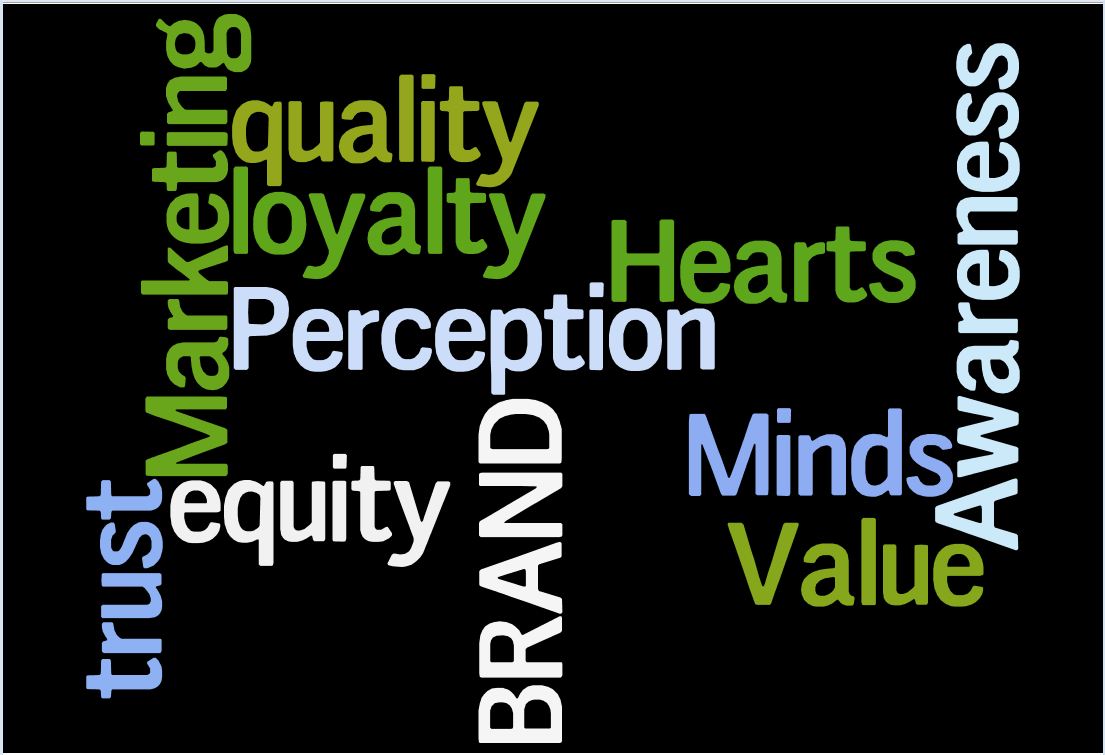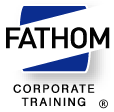
Product and corporate brands are more prevalent than ever in the U.S. We see them everywhere in our daily lives — from our breakfast cereal to our local sports stadium.
In fact, we see them so often, one has to wonder if they really have that much impact. After all, there are so many different brands vying for our attention everywhere we look. Isn’t one just like another?
Well, no… that’s exactly the point of branding. With today’s saturated marketplace, a company can’t differentiate their product or service without a unique brand identity.
If your product is just a commodity in a sea of competition, chances are good that you are missing out on sales. And the potential for loss is more than the tangible cost of lost sales. The intangible elements of a brand can account for more than one-third of shareholder value, according to a study by Interbrand and JP Morgan.
Winning Hearts and Minds
Your brand occupies mental and emotional “real estate” in the minds and hearts of your customers. Research suggests that those brands that are differentiated and that engage people emotionally can command prices from 20 to 200 percent higher than competitors’ products. The ability to understand and effectively sell total brand value is key to winning the competition for business and increasing a company’s overall market value. Some of the most critical skills needed to succeed include:
• Ability to position and differentiate the company, its products and services from the competition
• Helping staff understand the firm’s own brand DNA and how they can deliver on-brand experiences for customers.
• Recognize and build value into commoditized products and services
• Identify the six elements of a successful brand
• Understand and communicate the firm’s brand story in the marketplace.
Does your team have what it takes to successfully sell your total brand solution?
John Males is Founder and President of Fathom Corporate Training. With more than 20 years of experience in management, sales and negotiations, he helps clients increase employee satisfaction, lower turnover, increase revenue and raise profit margins.
